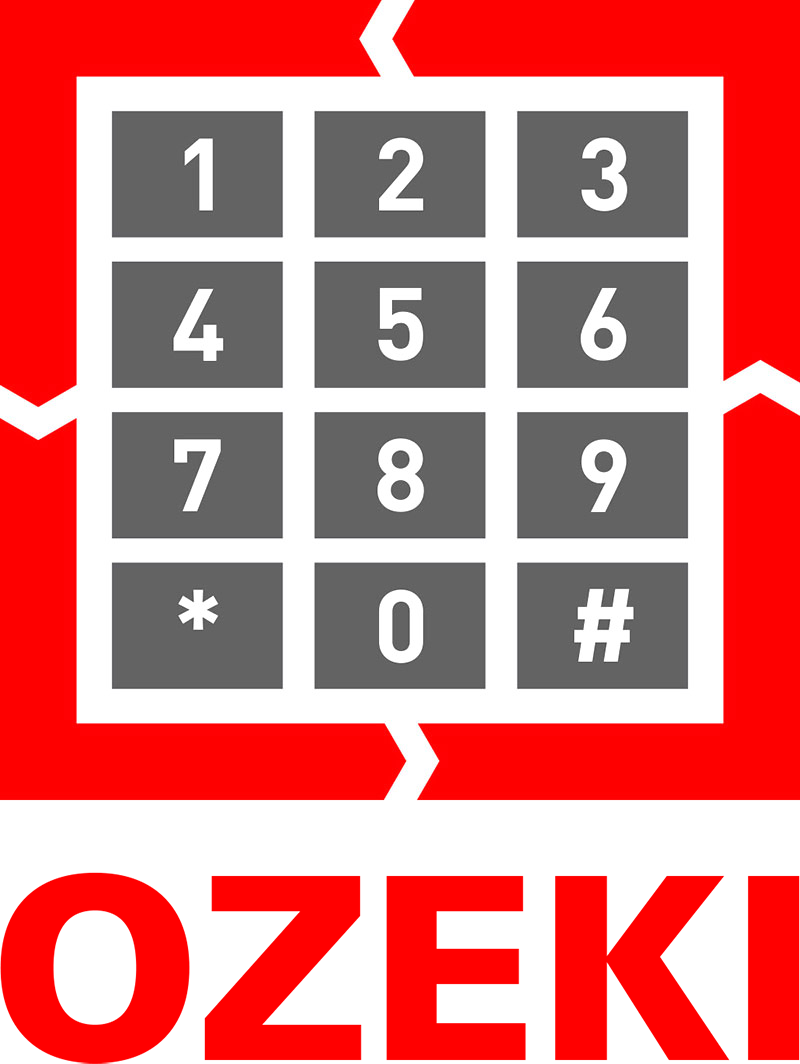Best practices for connecting an SMS Gateway to mobile networks
This article explains the best practices you should follow to create a reliable SMS service in terms of mobile network connectivity.
Quick recommendations
- Choose the best available SMS protocol
- Connect to multiple networks
- Implement least cost routing
- Ensure fault tolerance with backup routes
- Ensure traffic volumes with multiple servers, load balancing and speed regulation
- Implement alerting to quickly notice connection failures
- Prepare for trouble shooting protocol errors
- Read this guide and find out more...
Keep on reading. The rest of this document is available free of charge
for registered users. Registration is free.
Please use the following form to create an account, or if you already have one,
please login!
(This content was written for humans, not for robots or AI web crawlers. We had to introduced this protection to limit content theft by AI services)
(This content was written for humans, not for robots or AI web crawlers. We had to introduced this protection to limit content theft by AI services)


Account
New user?
Read our terms and conditions
Ozeki Account
Account Login
optionally sign in with:
More information
- Introduction to starting an SMS service
- Connect your SMS service provider system to the SMSC
- SMS Services to Offer to Customers
- Billing, reporting, user credits
- How to manage your SMS phone numbers and sender IDs
- Message control, routing, blocking, SMS modification
- How to tune the performance of your SMPP server
- Operational reliability of SMS services
- Training for employees operating SMS services
- White labeling
- Achieving GDPR Compliance with Ozeki SMS Gateway
